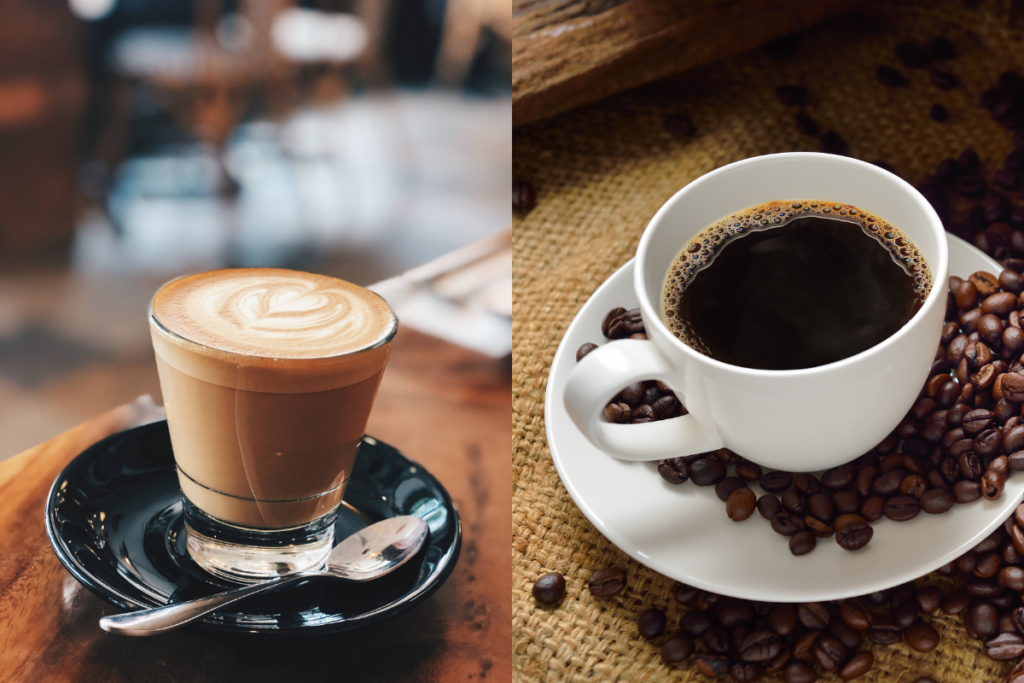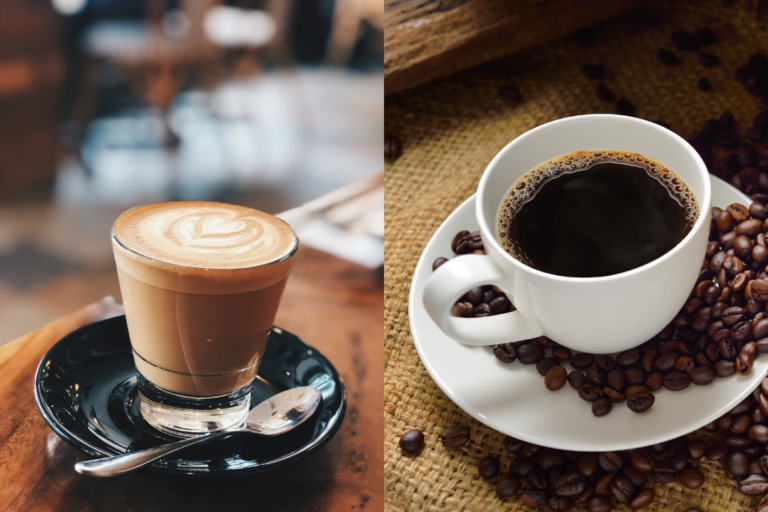Coffee is more than just a drink; it’s a global tradition and an integral part of daily life for millions of people. Every culture has developed its own unique way of brewing and enjoying coffee, adding to the rich diversity of this beloved beverage. In this article, we will explore how different cultures around the world prepare and savor their coffee, highlighting some of the most interesting and distinctive methods.
1. Italy – Espresso and the Art of Coffee
Italy is often considered the birthplace of espresso, and the Italian coffee culture is a symbol of sophistication and passion. Espresso is the foundation of nearly every coffee beverage in Italy. The method involves forcing hot water through finely ground coffee beans at high pressure, resulting in a concentrated and rich shot of coffee.
Common Italian Coffee Drinks:
- Espresso: The basic form of Italian coffee, served in a small cup, without any additives.
- Cappuccino: A combination of one-third espresso, one-third steamed milk, and one-third foam.
- Latte: Espresso with steamed milk, typically topped with a small amount of foam.
- Macchiato: Espresso with a small dollop of milk foam on top.
Italians generally enjoy their coffee quickly, standing at a counter, and it’s common to have multiple cups a day. The ritual of coffee is an important social experience, and the quality of the coffee is paramount.

2. Turkey – The Strong and Seductive Turkish Coffee
Turkish coffee is a centuries-old tradition that has been recognized by UNESCO for its cultural significance. It is known for its strong, thick consistency and rich flavor, often served in small cups accompanied by sweet treats.
Brewing Method:
Turkish coffee is prepared in a special pot called a cezve. The coffee is finely ground, almost to a powder, and combined with cold water and sugar (optional) in the cezve. The mixture is then heated over low heat until it begins to froth, but not boil. The coffee is poured directly into small cups, where the grounds are allowed to settle at the bottom.
Cultural Significance:
Turkish coffee is often enjoyed with a glass of water and a piece of Turkish delight. It’s typically served during important social occasions or after meals. The ritual of drinking coffee often comes with a custom of fortune-telling, where the remaining coffee grounds at the bottom of the cup are interpreted to predict the future.
3. Ethiopia – The Birthplace of Coffee
Ethiopia is considered the birthplace of coffee, and the country’s coffee culture is deeply embedded in its social fabric. The Ethiopian coffee ceremony is an elaborate and sacred ritual that symbolizes hospitality, respect, and community.
Brewing Method:
Ethiopian coffee is typically brewed using a Jebena, a traditional clay pot. The beans are roasted over an open flame and then ground by hand in a mortar and pestle. The ground coffee is then boiled in the Jebena with water, producing a thick, rich brew. The coffee is served in small cups, often accompanied by incense and snacks like popcorn.
Cultural Significance:
The Ethiopian coffee ceremony can last for hours and is a significant social event, often involving family and friends. It’s not just about the coffee itself but also the time spent together in conversation. The ceremony is a sign of respect, and the host will often offer multiple rounds of coffee.
4. Sweden – Fika and the Swedish Coffee Break
In Sweden, coffee is an essential part of daily life, and the tradition of fika (a coffee break) is something that nearly every Swede takes part in. Fika is more than just drinking coffee; it’s a cultural practice that revolves around taking a break to relax, chat, and enjoy a pastry.
Brewing Method:
Swedes typically enjoy their coffee brewed using a drip coffee maker or a press pot (French press). The coffee is often brewed strong and served black or with a dash of milk. Swedish coffee culture is less about elaborate brewing methods and more about enjoying a simple, satisfying cup.
Cultural Significance:
Fika is a cherished tradition that takes place at least once a day, often in the afternoon. It’s a moment to pause and connect with friends, family, or colleagues. The accompanying pastries, such as kanelbullar (cinnamon buns) or semlor (cream-filled buns), are just as important as the coffee itself.
5. Vietnam – The Sweet and Strong Vietnamese Coffee
Vietnam is known for its unique way of preparing coffee, particularly the sweet, creamy Cà phê sữa đá (iced coffee with condensed milk). Vietnamese coffee is rich, bold, and often very sweet, making it a favorite for those with a sweet tooth.
Brewing Method:
Vietnamese coffee is traditionally brewed using a phin filter, a small metal drip filter placed on top of a glass. Coarse ground coffee is placed in the phin, and hot water is poured over the grounds, allowing the coffee to drip slowly into the glass below. The coffee is then mixed with sweetened condensed milk and served over ice.
Cultural Significance:
Vietnamese coffee is enjoyed at any time of day, but it is particularly popular in the morning or late afternoon. It’s typically served in cafes, where customers can enjoy the coffee slowly, savoring the strong, sweet flavor. It is also common to see people drinking coffee while engaging in long conversations, making it a social affair.
6. Colombia – The Coffee of the Andes
Colombia is world-renowned for its high-quality coffee beans, and the country’s coffee culture is centered around the cultivation and appreciation of this prized beverage. Colombian coffee is often brewed in a simple yet delicious way, focusing on the natural flavors of the beans.
Brewing Method:
In Colombia, coffee is commonly brewed using a manual drip method or a percolator. The beans are typically medium-ground and brewed with hot water. The resulting coffee is smooth, aromatic, and balanced, often served black or with sugar.
Cultural Significance:
Coffee is a vital part of Colombian culture, and many people take great pride in their country’s coffee production. It is common to enjoy a cup of coffee in the morning or during a mid-day break. In rural areas, coffee is often grown on family-owned farms, and the process of harvesting and preparing the beans is a deeply ingrained tradition.

7. Greece – Greek Coffee and the Slow Brew
Greek coffee is similar to Turkish coffee but has its own distinct characteristics. It’s served in small cups and is known for its strong, thick consistency.
Brewing Method:
Greek coffee is prepared using a briki, a small pot made of copper. Finely ground coffee is combined with water and sugar (optional) and slowly heated over low heat until it begins to foam. The coffee is served unfiltered, so the grounds settle at the bottom of the cup.
Cultural Significance:
Greek coffee is often enjoyed in cafes or at home with family and friends. It’s usually served with a glass of cold water and sometimes accompanied by a sweet treat, such as loukoum (Turkish delight). The slow brewing process encourages conversation and relaxation, making it a social experience.
Conclusion
As we can see, coffee is far more than just a beverage—it’s a cultural experience that reflects the values, traditions, and lifestyles of the people who drink it. From the quick espresso shots of Italy to the elaborate ceremonies of Ethiopia, each culture has its own unique way of brewing and enjoying coffee. By understanding these different methods, we not only gain a deeper appreciation for coffee but also for the diverse ways in which it brings people together.
Whether you’re a fan of strong espresso, sweet Vietnamese iced coffee, or the intricate Turkish coffee rituals, there’s a coffee tradition waiting for you to explore. So, next time you sip your cup, take a moment to reflect on the rich cultural history that accompanies every drop.

